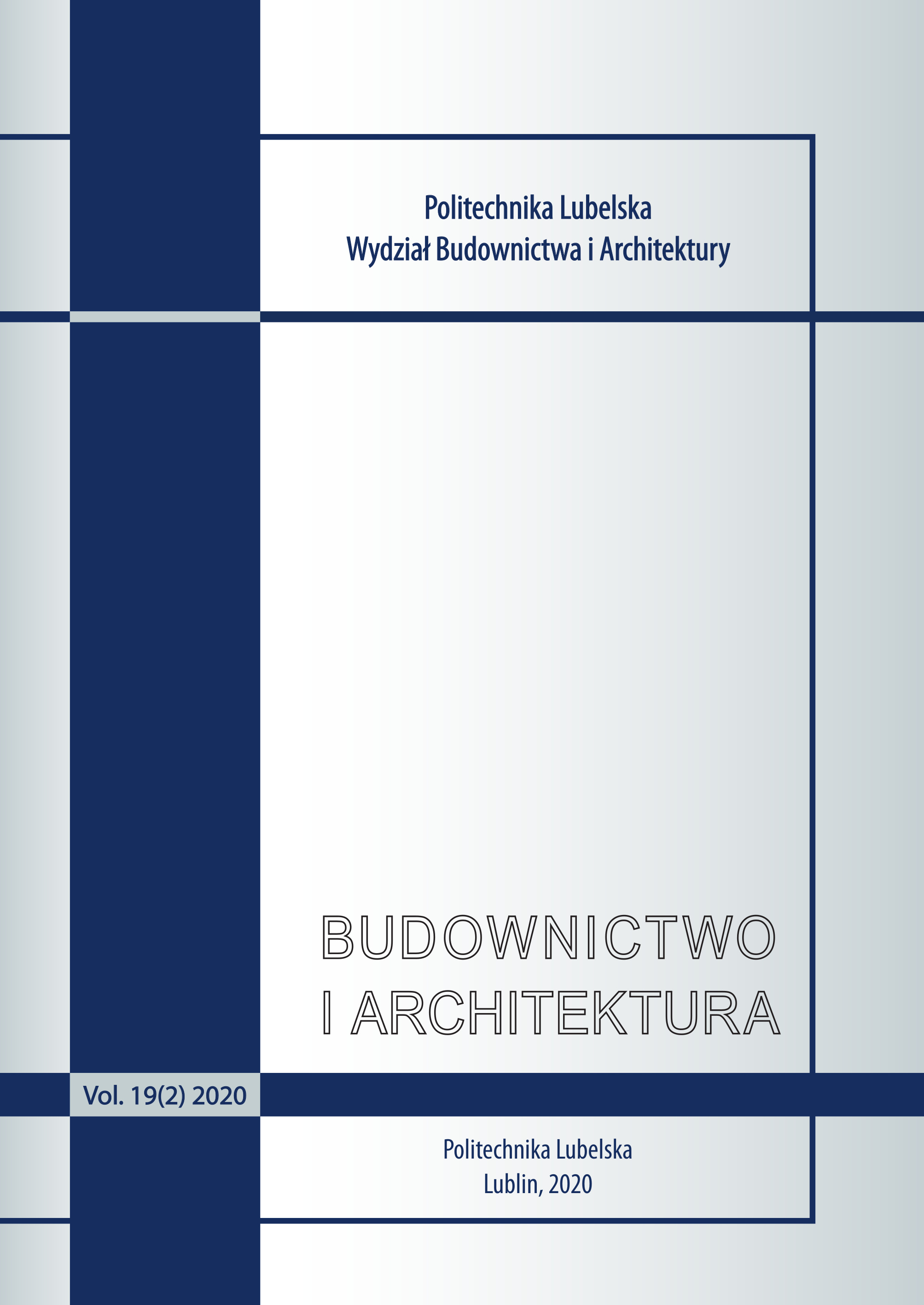Eurocodes for bridge design versus mechanics
Sławomir Karaś
Department of Roads and Bridges; Faculty of Civil Engineering and Architecture; Lublin University of Technology (Poland)
https://orcid.org/0000-0002-0626-5582
Wioleta Czubacka
Department of Roads and Bridges; Faculty of Civil Engineering and Architecture; Lublin University of Technology (Poland)
Abstract
Regulations on which designers base their process of designing of any engineer structures should include and combine mechanics, loads and dimensioning. It is not always the case as far as eurocodes are concerned. Ambiguities appear everywhere, which sometimes leads to incorrect understanding of a norm. The authors meticulously analysed basic mechanical terms. Their digressions began with the concepts of strain and deformation that have discrepant definitions in sources from other countries. The next part of article discusses the concept of „shear lag”. It is treated as an elementary concept in the eurocodes, although is has not been defined yet. Other sources define it as cooperating width and shear strain in the beam flanges or as stretching. Polish translation mentions the effect of „wide stripes”. The authors focused also on dynamics – especially while discussing first natural frequencies denoted as “n0”. They scrutinised the norm EN 1991-2 in which dynamic problems of bridges are understood as effects of service load when the environmental impact is not included. As always, in a situation when there is a doubt, it is possible apply the to accurate mechanics rules. To sum up, Polish versions of bridge eurocodes should be corrected to be unambiguous and useful in a design.
Keywords:
eurocodes, bridges, mechanicsReferences
Sneddon I.N., Berry D.S., The classical theory of elasticity, Handbuch d. Physik, Springer, 1958.
DOI: https://doi.org/10.1007/978-3-642-45887-3_1
Google Scholar
Nowacki W., Teoria sprężystości, PWN, 1970.
Google Scholar
Jastrzębski P., Mutermilch J, Orłowski W., Wytrzymałość materiałów, Arkady, 1985.
Google Scholar
Rymarz Cz.., Mechanika ośrodków ciągłych, PWN, 1993.
Google Scholar
Timoshenko S., Goodier J.N., Teoria sprężystości, Arkady, 1962; str. 161-165.
Google Scholar
Troitsky M.S., Stiffened plates, bending, stability and vibrations, Elsevier, 1976; pp. 218-286.
Google Scholar
PN-EN 1991-2 Eurokod 1: Oddziaływania na konstrukcje. Część 2: Obciążenia ruchome mostów; EN 1992-2 Eurocode 1: Actions on structures - Part 2: Traffic loads on bridges
Google Scholar
PN-EN 1992-2 Eurokod 2: Projektowanie konstrukcji z betonu. Część 2: Mosty betonowe;
Google Scholar
EN 1992-2 Eurocode 2 - Design of concrete structures - Concrete bridges -Design and detailing rules
Google Scholar
PN-EN 1993-2 Eurokod 3: Projektowanie konstrukcji stalowych. Część 2: Mosty stalowe; EN 1993-2 Eurocode 3 : Design of steel structures Part 2 : Steel Bridges
Google Scholar
PN-EN 1994-2 Eurokod 4: Projektowanie konstrukcji zespolonych stalowo-betonowych. Część 2: Mosty zespolone,
Google Scholar
EN 1992-2 Eurocode 2 - Design of concrete structures - Concrete bridges - Design and detailing rules for bridges
Google Scholar
Authors
Sławomir KaraśDepartment of Roads and Bridges; Faculty of Civil Engineering and Architecture; Lublin University of Technology Poland
https://orcid.org/0000-0002-0626-5582
Authors
Wioleta CzubackaDepartment of Roads and Bridges; Faculty of Civil Engineering and Architecture; Lublin University of Technology Poland
Statistics
Abstract views: 212PDF downloads: 119
License

This work is licensed under a Creative Commons Attribution-NonCommercial-NoDerivatives 4.0 International License.
Budownictwo i Architektura supports the open science program. The journal enables Open Access to their publications. Everyone can view, download and forward articles, provided that the terms of the license are respected.
Publishing of articles is possible after submitting a signed statement on the transfer of a license to the Journal.








